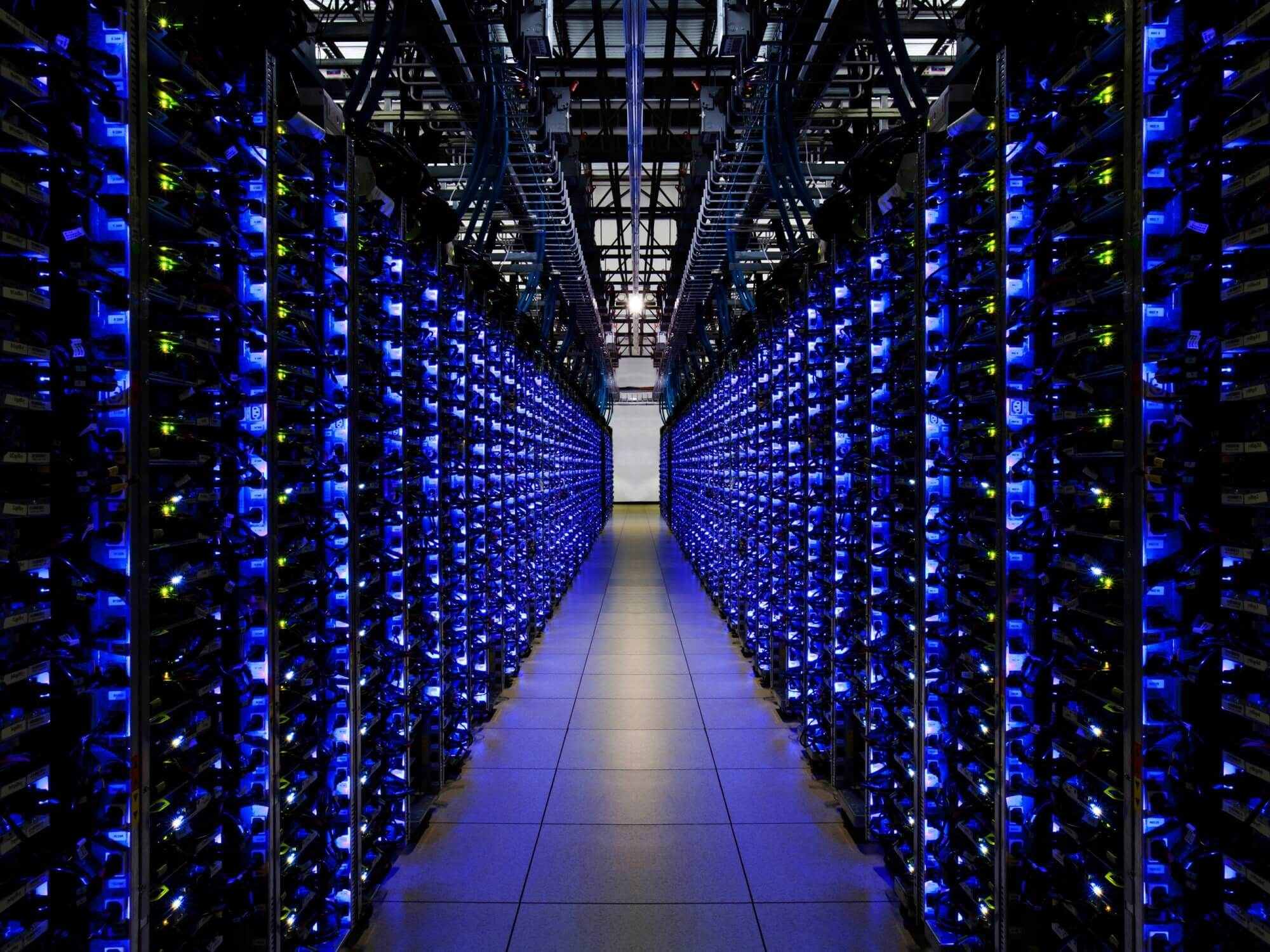In an era defined by shifting economic landscapes and evolving social priorities, the dream of homeownership remains a significant milestone for many millennials. However, this generation has faced numerous hurdles in their pursuit of the American Dream. This article examines the trends, challenges, and potential solutions associated with millennials and homeownership.
Trends: The Delayed Journey to Homeownership
Millennials, typically defined as those born between 1981 and 1996, have faced unique circumstances that have influenced their journey toward homeownership. Here are some key trends:
- Financial Constraints: A combination of factors, such as student loan debt, stagnant wages, and rising housing costs, has made it increasingly challenging for millennials to save for a down payment. According to a recent study by the Urban Institute, the homeownership rate for millennials is 8-9% lower than previous generations at the same age.
- Changing Preferences: Unlike previous generations, millennials often prioritize flexibility and experience over settling down in one location. They are more likely to embrace urban living, explore career opportunities in different cities, and delay traditional milestones, such as marriage and starting a family.
- Lingering Effects of the Recession: Many millennials entered the job market during the Great Recession, which impacted their ability to accumulate wealth and establish a stable financial foundation. This setback, combined with stricter lending standards and higher credit requirements, has made it more difficult for them to access mortgage loans.
Challenges: Overcoming Obstacles to Homeownership
- Rising Housing Costs: One of the biggest challenges millennials face is the surge in housing prices, especially in metropolitan areas. Limited housing supply, increased demand, and speculative investment have driven prices beyond the reach of many aspiring millennial homeowners.
- Debt Burden: The millennial generation carries a significant burden of student loan debt, which can hinder their ability to save for a down payment and qualify for a mortgage. Policy changes addressing student debt relief or affordable housing initiatives could alleviate this burden.
- Uncertain Job Market: Economic instability and the gig economy have made it harder for millennials to secure stable employment, which is often a prerequisite for obtaining a mortgage. Addressing job market volatility and creating opportunities for career advancement could help mitigate this challenge.
Solutions: Paving the Path to Homeownership
- Financial Education and Support: Offering comprehensive financial education programs that focus on budgeting, saving, and credit management can equip millennials with the necessary skills to navigate the complex housing market.
- Policy Reforms: Policymakers should consider reforms such as expanding affordable housing initiatives, implementing fair lending practices, and exploring innovative financing options to make homeownership more attainable for millennials.
- Alternative Paths to Ownership: Emphasizing alternative paths to homeownership, such as co-buying, rent-to-own programs, or shared-equity arrangements, can provide millennials with more accessible entry points into the housing market.
In conclusion, millennials face distinct challenges on their path to homeownership, including financial constraints, shifting preferences, and economic uncertainties. Addressing these obstacles requires a multi-faceted approach involving financial education, policy reforms, and alternative homeownership models. By recognizing and addressing these challenges, society can help bridge the gap between millennials and their dream of owning a home, ensuring a more inclusive and equitable future.











